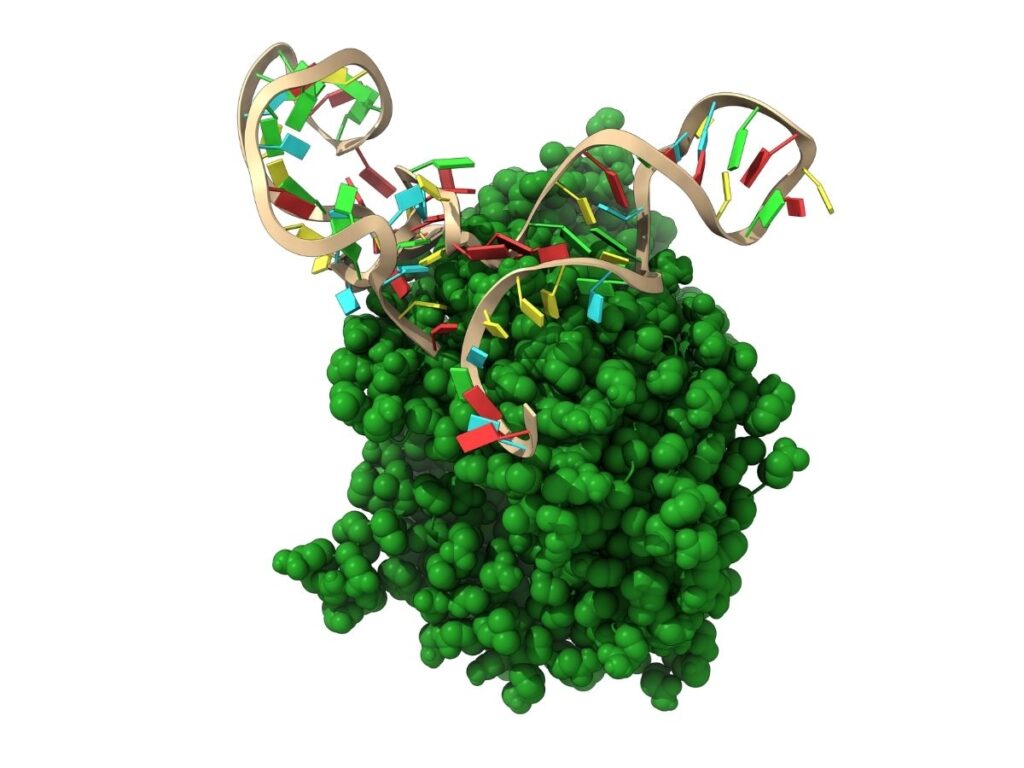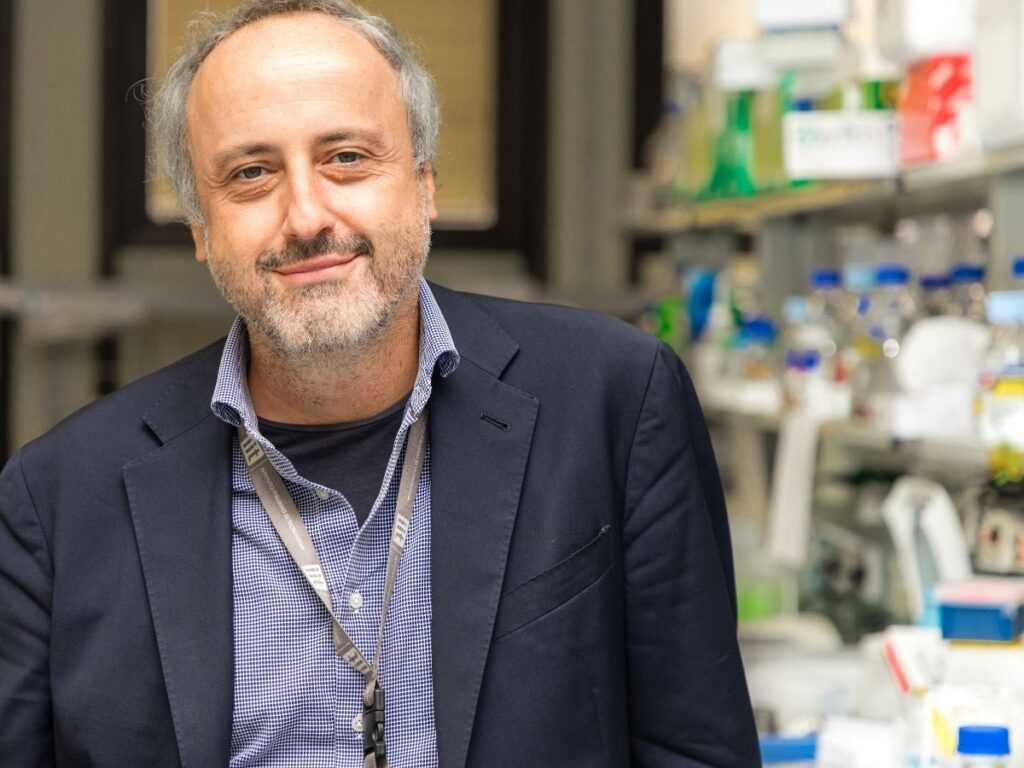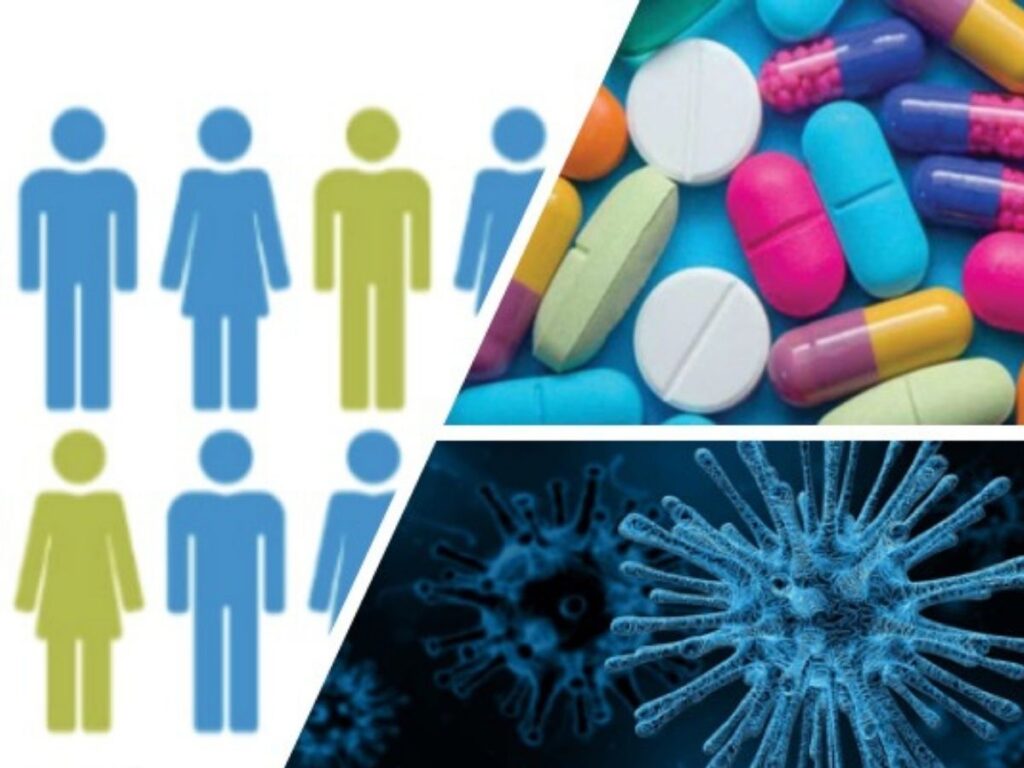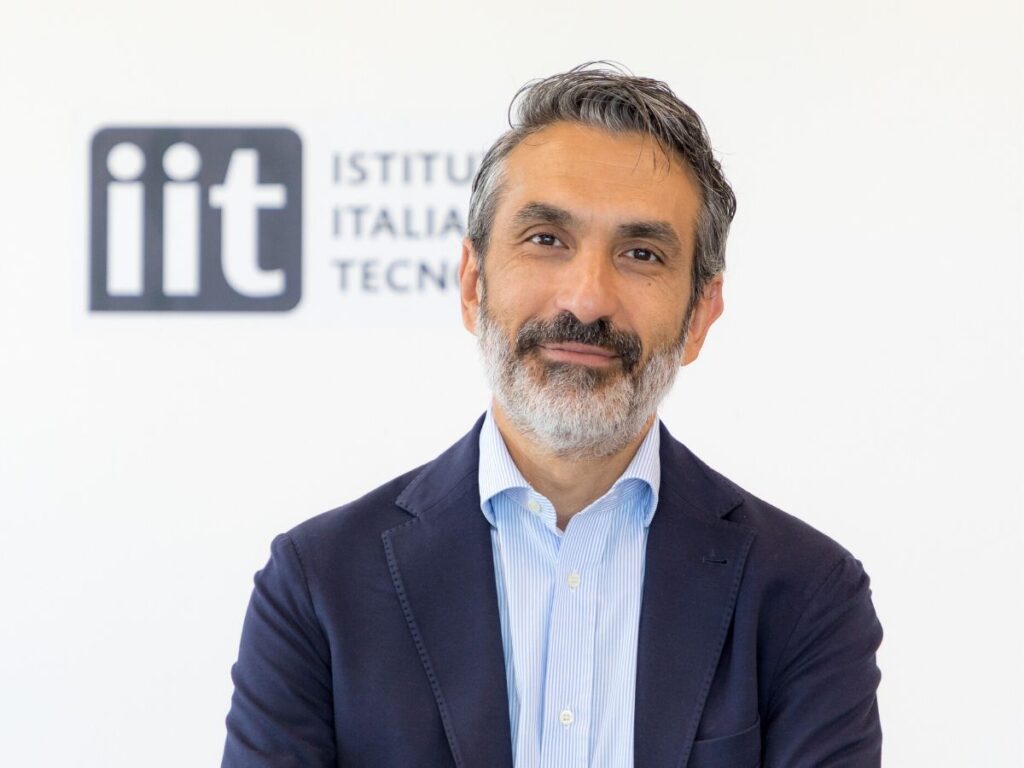“Multisensory integration: technologies for rehabilitation”, e-learning and cultural insights in the Covid-19 era
At every moment visual, auditory and tactile information allows us to understand what is happening around us. For example, when we hit a ball while playing volleyball the visual information, the tactile information and the sound when it touches our hands help us understand exactly when contact occurs. If we only had one sense, our assessment would be less accurate. A few years ago, the U-Vip – Unit for Visually Impaired People research team of IIT coordinated by Monica Gori demonstrated, however, that the ability for children to use multiple sensory modalities together only develops later, after 8-10 years of age. Before this age, sensory modalities communicate with one another to “teach” specific aspects in the surrounding environment. For example, vision is fundamental for “teaching” the concept of space to hearing. But what happens when the modality used to “teach” is missing or compromised, as in children and adults with visual disabilities? Recent studies have shown that, contrary to what many people think, people with visual disabilities are not always better than people without visual disabilities in understanding the origin and the relationship of sounds in the space. Moving on from scientific results to the development of technologies to improve the inclusion of people with disabilities is the goal of many researchers. In her talk, Monica Gori explains what we know today of multisensory development in a child and tells us how experimental results have allowed us to develop new technological solutions to enhance the sense of space and the perception of the body in the absence of vision.





